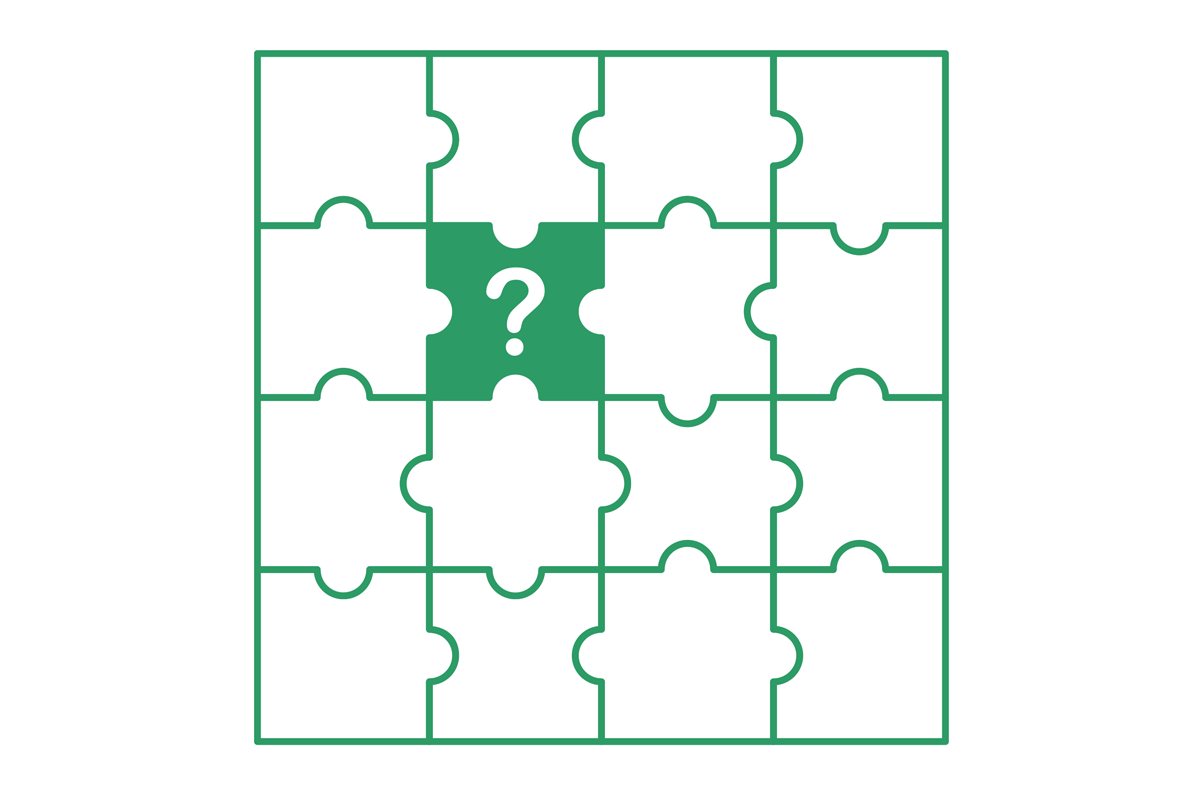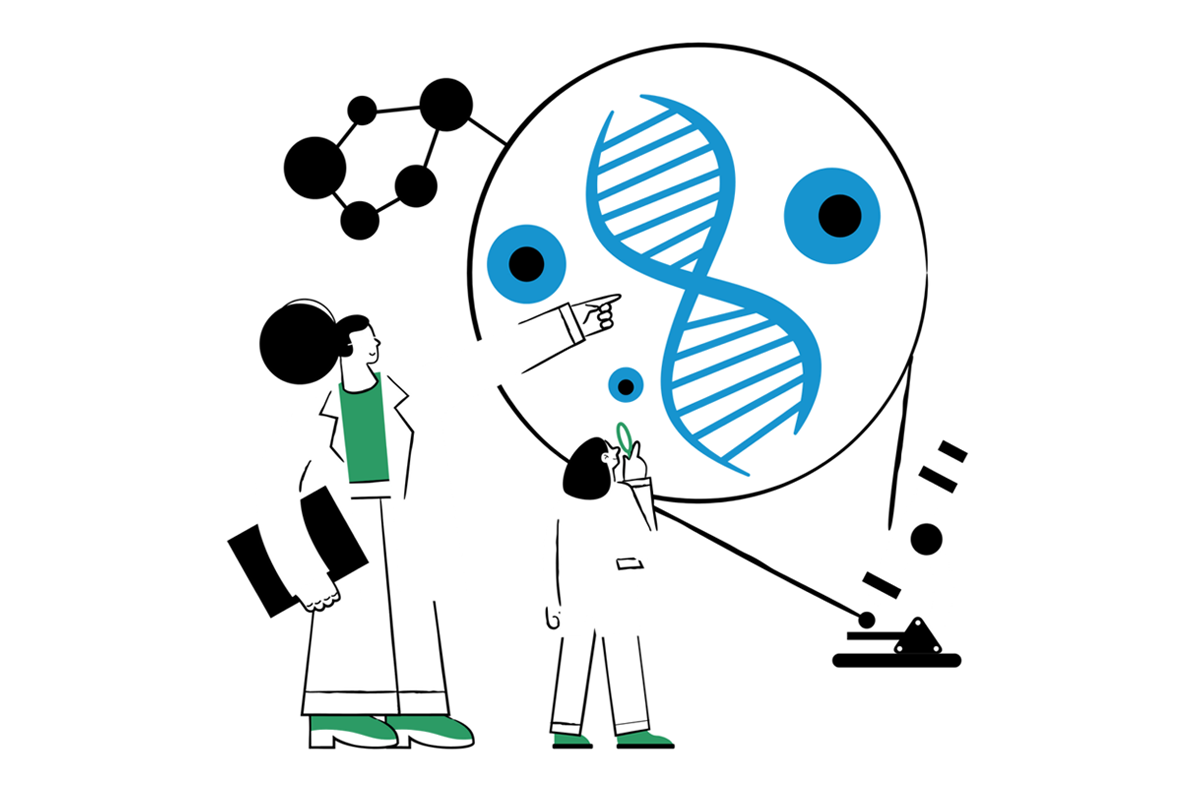What is a VUS/VOUS?
Your child’s genetic testing report may have a result called a “Variant of Uncertain Significance” (VUS or VOUS). This infographic will explain what a variant is, types of variants, and what variants do.
What is a Variant?
A variant is a change in the letters that make up your DNA.
DNA is also called the “building blocks of life.” DNA is like an instruction book for how to make your body parts.
A variant is like a misspelled word in the DNA instruction book.
Are There Different Types of Variants?
There are 3 main types of variants. Scientists call them missense, nonsense, and frameshift variants.
Each type of variant is like a misspelled word in the DNA instruction book.
When instructions in the DNA book are misspelled, then it can cause changes in the way our bodies develop. These changes can cause syndromes like OCNDS.
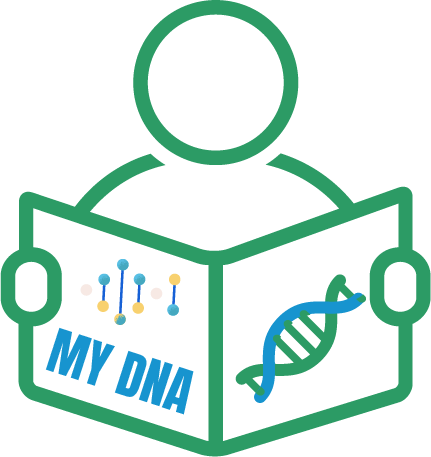
DNA is like an instruction book for how to make your body parts.
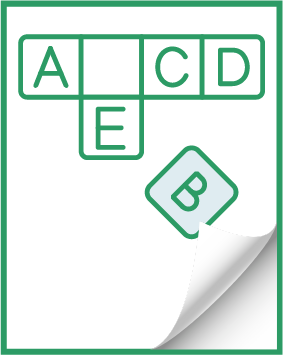
A variant is like a misspelled word in the instruction book.
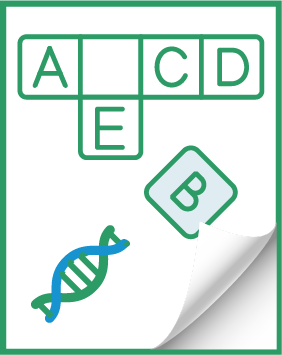
Misspelled instructions can change how our bodies develop. These changes can cause syndromes like OCNDS.
How Do Variants Cause OCNDS?
Variants are like misspelled words in the DNA instruction book. When instructions in the DNA book are misspelled, then it can cause changes in the way our bodies develop. These changes can cause syndromes like OCNDS. The following examples explain the different types of variants. This example uses the sentence “the cat chased the rat” to show the different types of changes.
List of Services
-
MISSENSE VARIANTSList Item 1
THE CAT CHASED THE RAT
THE CAT CHASED THE HAT
f you type “H” instead of “R” then the sentence changes. It doesn’t really make sense. Missense variants are one-letter changes. When this happens in DNA, scientists call this a missense change.
-
FRAMESHIFT VARIANTSList Item 2
Sometimes letters get added or deleted. Extra or missing letters make the sentence hard to read:
THE CAT CQHASE DTH ERA T
THE CAT C_ASEDT HER AT
What does that say? It’s much harder to read! Letters may be inserted or deleted that ‘shift’ the DNA out of ‘alignment’, resulting in a ‘shifted’ sequence Scientists call this a frameshift change.
-
NONSENSE VARIANTSList Item 3
A sentence might end too early:
THE CAT CHASED THE R...
Now we don’t know what the cat is chasing. It could be a rat, but it might be missing a large chunk. Scientists call this a nonsense change.
What Do Variants Do?
Everybody has variants in their DNA. These changes are what make us all unique. Many variants are benign, meaning they are not harmful to us. Some variants are pathogenic, meaning that they can cause a disease or medical disorder. When variants have uncertain significance it means that scientists need more information to decide if that variant is pathogenic (harmful) or benign (not harmful).
Why Do Some Variants Have Uncertain Significance?
Scientists use pieces of information like pieces of a puzzle to decide if variants are pathogenic or benign. Missing pieces mean you can’t finish the puzzle and see the full picture. When pieces are missing, scientists are uncertain about whether a variant is harmful or not. Scientists ask these questions to get pieces of information about a variant:
- How common is the variant? Is it found in many people or only a few people?
- How common is OCNDS?
- What is the type of variant? Missense, nonsense, and frameshift are three types of variants shown on page 2.
- Do other family members have the same variant? How does this variant impact other family members? If multiple family members have the same variant but no related health issues, it might be harmless. If the variant is associated with a health condition in several relatives, it might be harmful.
